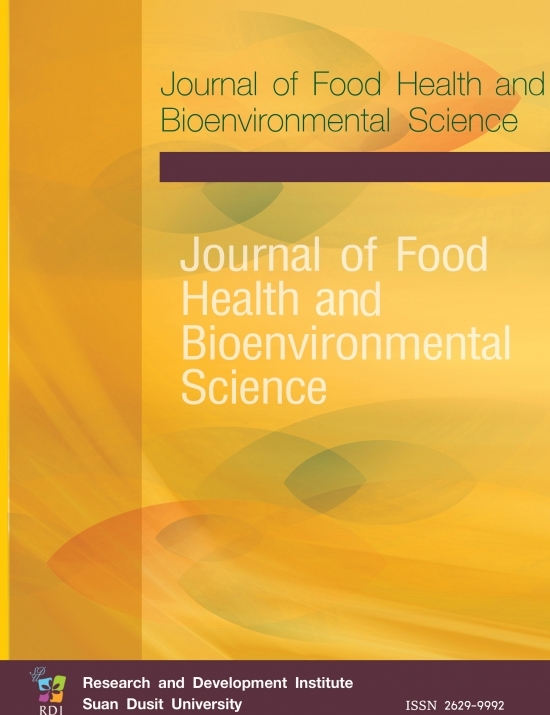Ecological and Economic Importance of Trichoptera (Aquatic Insect)
Keywords:
Ecology and Economic Important, Aquatic Insect Order TrichopteraAbstract
Caddisfly insects, order Trichoptera, are one of the most common aquatic
invertebrates occurring around the world in rivers, streams, and lakes. They are almost
exclusively aquatic in their larval stages and metamorphose to the adult stage in the
terrestrial habitat. The aquatic larvae use silk to construct cases in which they reside or to
spin silken nets to capture food suspended in the water column. Some caddisfly larvae
are caseless. The adults, with their body and wings covered with fine hairs, are crepuscular
and resemble small moths. Larvae are important components of aquatic food webs. Most
are intolerant of pollution and serve as biological indicators of water quality. They have
great advantages and disadvantages in economic terms. The economic benefits obtained
from caddisflies include uses such as water quality indicators, nutrition in the human diet,
jewelry, and forensic entomology. Even though caddisflies provide many positive
ecological and economic benefits, a few species have negative effects. They cause
damage to rice crops, pose traffic hazards, and cause allergic reactions. This review
provides an overview of the ecological and economic importance of aquatic insects of the
Trichoptera order. In addition, research on the Trichoptera order in Thailand are presented.






